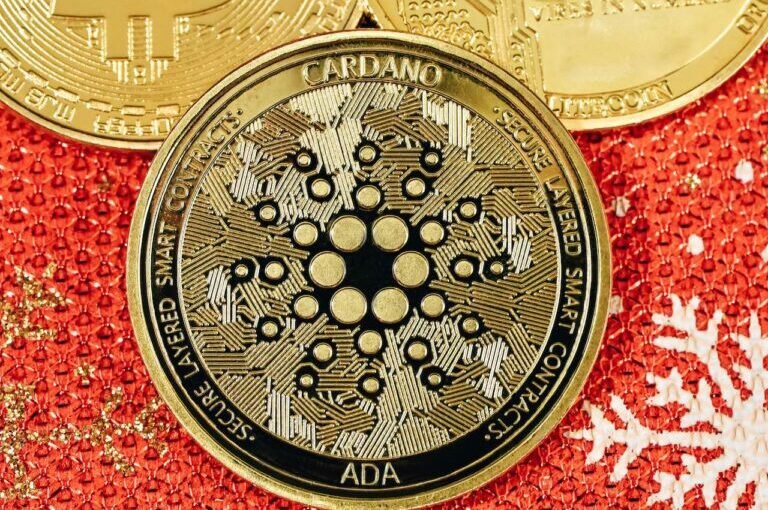A recently released book (titled: “Cardano for the M₳sses: A Financial Operating System for People Who Don’t Have One”) by John Greene tries to provide “a broad overview of Cardano.”
Input Output Global (aka “IOG”, formerly known as “IOHK”), the company responsible for Cardano’s research and development, tweeted about the book on Thursday (July 7):
One of the most interesting sections of the book is when Greene quotes IOG Co-Founder and CEO Charles Hoskinson’s explanation for the name Cardano and other names used IOG uses when talking about Cardano:
“Girolamo Cardano was the ultimate Renaissance guy, he was a doctor, a lawyer, he was a mathematician, he was a gambler, a complete scoundrel. He was the personal physician of the Pope but then excommunicated but still hung out with the Pope even after being excommunicated, because the Pope liked him. He nearly killed one of his sons in a sword duel because they were sleeping with the same woman.
“Then he was also a gambler, and he invented a lot of probability theory just so he could be a better gambler. So he created all this advanced mathematics just so he could count cards and roll dice properly and so forth. And he had a habit of getting kicked out of cities… And he also was a cryptographer because in Renaissance Italy, they had a lot of intrigue between the banking families. So he invented this wheel device to encrypt messages, so they kept secret communication between the families. So I just read about him years ago and thought he’s one of the most interesting people I’ve ever read about in my life.
“He was just one of those guys that lived a life that was unbelievably rich, wasn’t nice, wasn’t evil, he was somewhere in between. He basically built out modern probability theory because he wanted to be a befter gambler. He also inadvertently created the Italian peer review process because, at the time, he was around most of the scientists in Italy who would guard their knowledge and not publish anything because it was a way to maintain employment.
“So how you would get a professorship in an Italian university is, you would go and present to the students and if they felt you were knowledgeable, they’d say yes, this person should be part of our system, so people didn’t want to publish anything because it would ruin their brand, they kept things secret.
“So what Cardano would do, he would get people very drunk and learn all of their secrets and he wrote them all down and then he eventually published books about this, which was super taboo and included how to factor quartic polynomial… he got that from Tartagli… which means the stutterer.
“So he was a legendary guy and I think he was even a contemporary of DaVinci and I figured it’d be the perfect name for a cryptocurrency because the cryptocurrency is not good or bad, it’s a neutral thing, it’s brilliant and inspired, it’s a bit of a polymath and everybody has an opinion about it and you’ll never get a clear and concise way, but it certainly has a huge impact and it’s a man of its time.“
The book goes to provide explanations for “Ada”, release names of Cardano (such as “Byron”), the “Daedalus” and “Yoroi” wallets, consensus protocol “Ouroboros”, smart contract platform “Plutus”, and so on.
Greene’s book has nine chapters: “In the beginning”, “What is Cardano?”, “Proof of Stake”, “Consensus (Shelley)”, “Smart Contracts (Goguen)”, “Plutus”, “Marlow”, “Voltaire”, and “Basho (Scalability”).
Overall, for newcomers to Cardano, this book seems like an excellent starting point for their journey.
Image Credit
Featured Image by “Quantitatives” via Unsplash
Source: Read Full Article
